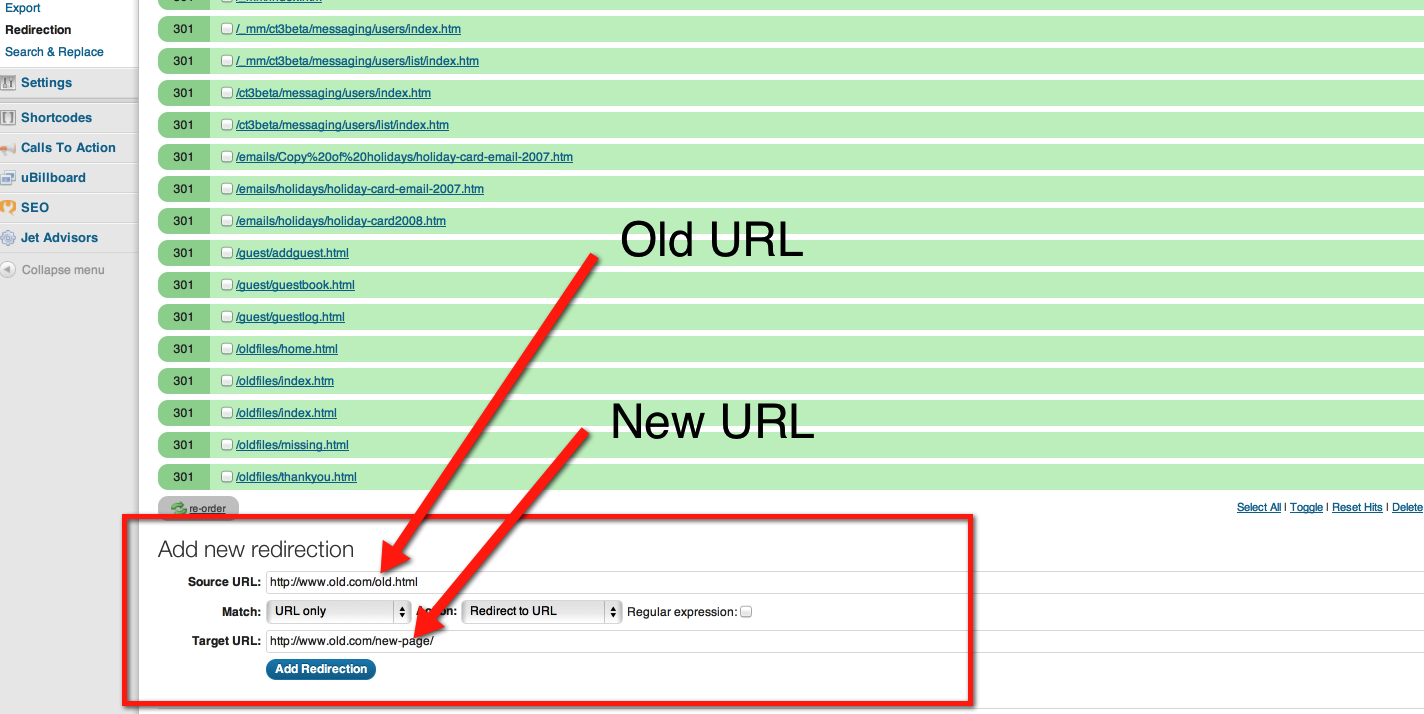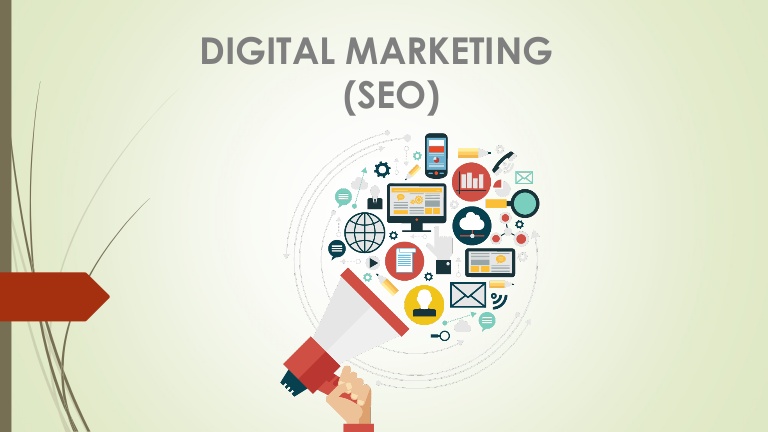
You will likely need to outsource content writing, regardless of whether you are a novice or a seasoned ecommerce expert. These are some ways to make sure your content yields the best results. To create compelling content, it is important to develop a buyer persona. In order to attract customers, use keywords. Use persuasive words to convince them.
Creating buyer personas
You can create buyer personas to help you target the best buyers for your product. Understanding your buyer's motivations and goals will help you tailor your content to them. These buyer personas can be used to inform your marketing team, and help you write content that addresses their needs. This article will address some of the key points you should keep in mind when creating buyer profiles for ecommerce copy writing.
The first step in creating buyer personas is to learn about your target customers' habits. Take a look at how your competitors are approaching your target audience. Are they using surveys or web forms to reach their target audience? What are their most desired products and/or services? Can you identify the characteristics of these buyers? You can develop buyer personas by gathering data about your target market. You can create effective content for your website by creating buyer personas from the data you have gathered.
After developing your buyer personas, you should distribute them to your marketing and sales team so that everyone is familiar with them. Personas will never be completely complete. They will continue to evolve as your business grows. You should always update them as your business grows. The buyer persona should reflect your customer's journey from the first purchase to the last. This article will address some of the most common steps involved in creating buyer personas.
Using keywords
Consider these factors when you are using keywords to write ecommerce content. Keyword difficulty is a vital factor to consider. This measurement determines the difficulty of ranking for a keyword in Google. You can use tools such as Ahrefs' Domain Rating or SEMrush’s Keyword Difficulty Tools to find this information. Low competition keywords should be chosen for content.
Research your keywords first. Although it might seem obvious, keywords are important in SEO. Google can penalize content if it is too heavy on keywords. This problem can be avoided by using long-tail keywords within your content. If your store sells sneakers you might include the term "nike shoe" in your product description. A broader, more targeted, unique keyword strategy will increase the chance of your content being found.
Keyword density is another aspect to consider. Keyword density is another important factor. Long-tail keywords tend to have less competition than short-tail keywords. Long-tail keywords are great examples of luxury car service. A region can be added to the keyword to improve SEO. This will help local customers find you business. You should avoid keyword stuffing, but keep in mind that keywords should be used only when they are necessary.
Static content creation

It is now easier than ever to create static content for your ecommerce website. It's easier than ever to create static material for an ecommerce store. To ensure a website has high conversion rates, it is essential to have an up-to date list of SKU code. A comprehensive product catalogue can also help to build brand awareness and increase traffic.
Dynamic content provides a better user experience. More relevant products and offers increase conversions and average order value (AOV). This article explains how dynamic website content changes based user signals. It also matches product segments with customer segments. Websites that sell dynamic content have many advantages. For more information, please read on. Once you've determined which one works for you, you can create dynamic content.
Many people are not able to code HTML codes. This problem is solved by static site generators. These programs produce web pages much more easy to maintain and load that dynamically generated content. However, static content generators typically don't have a WYSIWYG editor and administration interface. They do however offer a command-line interface that allows you to create your content. It is not intended to replace a content management system but can be used as an alternative for an online store.
Use persuasive words
In eCommerce content writing, persuasive words are crucial. Customers tend to associate truthfulness with easy content. Yet, many of them face tensions and struggles before making a purchase. You can distract their attention from the struggle by using distraction statements. These persuasive words can be used to make your content more compelling. These words can be used to boost sales.
Power words evoke a powerful emotional response in a reader. These words evoke an emotion in customers and create a mental picture of the product's appearance. These words are called "power words" when it comes to eCommerce content writing. Bangs Shoes is an example. Their product descriptions are full power words. This will drive sales. This will drive sales.
Customers often have short attention spans. Customers are looking for answers to their queries and the right product. They don't have the time or desire to read hundreds of pages to make a decision. Write for eCommerce websites from both the customer's and store's point of view. Make sure to give them all the details they need up front. You don't have to be a master of e-commerce copywriting.
Technical features should be kept in the back-end
Traditional ecommerce platforms tightly connect the back and forward ends of the system. This makes it simple to set up an online store, but it also limits flexibility and creates vulnerabilities. Shopify merchants who use Apps often experience slow site performance. The addition of a small popup widget to your site may slow down the page and create vulnerabilities due to conflicts between JavaScript/CSS. The merchant may also have to adjust a widget to look exactly like an icon.
Creating landing pages

You can attract more customers by creating landing pages for your ecommerce content. As visitors are familiar with the brand and offer, these landing pages should be conversational. They should be persuasive with a compelling call for action button to guide them to the next steps. While it may seem tedious, creating a unique seller proposition (USP) will help you structure your landing page and brand positioning.
Before you begin creating a sales channel, consider who you are trying to reach. Consider your email marketing goals and your sales goals. These will help you determine whether your page is generating leads and converting them into customers. To track eCommerce landing pages, you can use email marketing software and Google Analytics. These topics will be discussed in detail in the next section.
It's not easy to develop a landing site. Although you can create a landing page with just a headline and sub-headline for your site, the primary goal of the page should be to get people to submit their email address to make a purchase. You can add a sub-headline to your eCommerce content or an image to increase your conversion rate. In addition to creating an engaging headline, you should make sure that the content is informative and useful. Your SEO may also be enhanced by case studies and testimonials.
FAQ
How Long Does It Take To See Results From PPC Advertising?
Paid search results take longer than organic search results because there is no natural flow to them. If someone searches for something they expect to find the most relevant results on the first page. Paid search results must work harder to convince people that they should pay money to advertise on their site.
Why SEO strategy should be important?
The primary purpose of search engine optimization is to increase your site's traffic by getting as many people to locate you via Google.
Search engines such Google, Yahoo!!, Bing and others keep information about websites on servers called crawlers. These crawlers transmit this data back the company's central repository. This allows them to index web pages and make search results.
More people will click your link and visit your website if your website is high up in the search results. If you're not visible in these searches, your website won't be found.
To ensure that your website is found by search engines, ranking high on all major search engines is the best method. Two main ways to do this are paid advertising and organic links.
Paid Advertisement - This is where companies pay per-click online ads that appear above other sites when searching for information. These ads can be banner ads or text ads.
Natural Organic Links - Natural organic links are those where you have built an excellent site over time and earned your industry's trust. Over time, links are built naturally through guest posting, commenting on other sites, and so forth.
To remain ahead of the pack, it is important to invest continuously in both forms marketing.
How much does SEO cost?
SEO costs can vary depending on the company's size, industry, budget, and other factors. While smaller companies might only need to spend a few hundred dollars a month, larger companies can expect to spend thousands a month. To estimate how much SEO will cost you, use our SEO calculator.
SEO still considers link building relevant.
Link building will always be necessary, but how you approach it now is different from how people did it 10 years ago. Today's biggest challenge for businesses is how to find customers and sell. Search engine optimization helps with this.
Nowadays, businesses need to use social media, and content marketing strategies are also very important. Google penalizes websites with too much backlinks, so link building seems less effective. This makes sense because if you're linking to many other sites, there's probably nothing original on yours worth looking at.
These factors all mean that link building is no longer as important for ranking your website.
What is On-Page SEO?
On-page SEO refers to the actions you take within your website to help it rank higher in search engines. On-page optimization includes site architecture, page titles and meta tags. Image alt text is also included. Off-page SEO refers to activities outside your website that will improve its ranking. These include backlinks, social media shares, press releases, and more.
What is a blog post?
A blog is a website that allows visitors to share their articles. Blogs usually contain a mix of written posts and images.
Bloggers create blogs about their own experiences, thoughts, and opinions. However, some bloggers choose topics that relate to their businesses or careers to blog.
Blog owners can easily set up blogs by using a simple software program called a blogging platform'. There are hundreds of blogging platforms available. However, WordPress, Tumblr, and Blogger are the three most popular ones.
Blog readers enjoy reading blogs. Keep your writing interesting. Make sure you are familiar with your topic before you write.
To help your readers better understand the topic, you should also include helpful information and resources. To illustrate, when you write about improving your site, don't just tell readers to go on Google and check out other business' websites. Instead, give specific instructions about how to make a website successful.
It's also worth noting that the quality of content within your blog plays a large part in whether people enjoy reading it. No one will read your blog if it isn't well-written or clear. Poor grammar or spelling is also unacceptable.
It's easy not to get distracted by blogging. You should stick to a publishing schedule, and publish content only once per week. Your blog shouldn't feel like work.
How long does SEO take you to build traffic?
Traffic generation through SEO usually takes 3-4 months. However, there are many variables that can affect the time it takes to generate traffic through SEO.
-
High quality content on your site
-
Backlinks
-
Targeted keywords
-
Competitor rankings etc.
SEMrush provides a free trial to help you get started in SEO. The powerful platform allows you to track all aspects of your SEO campaign including competitor research, backlink profile and top pages. You can also view local listings, organic traffic stats and reports.
Statistics
- These guides are designed and coded 100% from scratch using WordPress. (backlinko.com)
- : You might have read about the time that I used The Content Relaunch to boost my organic traffic by 260.7%: (backlinko.com)
- Deleting those 10k pages is one of the main reasons that he improved his site's organic traffic by nearly 90%: (backlinko.com)
- A 62.60% organic traffic boost to that page: (backlinko.com)
- 64% of marketers actively create SEO campaigns because they help hit multiple key performance indicators (KPIs), including increasing traffic, helping your site rank for relevant keywords, improving your conversion rate, and much more. (semrush.com)
External Links
How To
How can I determine if my SEO is doing well?
There are many indicators that will help you determine if you're doing great in SEO.
-
Your bounce-rate should be below 30%. That means users must leave your page before they click on anything else. High bounce rates indicate that your audience isn’t confident in your brand or doesn’t care about what you sell.
-
People visit multiple pages on your site - this shows that visitors are engaging with your site and finding something useful.
-
Your conversion rate keeps improving. This is because your audience is becoming more aware of your products or services and wants them to buy them.
-
Your average time on site is increasing - people spend longer viewing your content.
-
Searches are attracting more people - this is a sign that your SEO is doing a great job.
-
This means that you are getting more social media shares - it shows that others are sharing your content and reaching new audiences beyond your own followers.
-
You are getting more comments in forums - this means that people respond positively about your work.
-
There's more engagement around your website - more likes, tweets, shares, and likes on posts.
-
Your rank is rising in SERPs, which shows that your hardwork is paying off.
-
Your website is generating more leads - this means that people are finding your site organically and contacting you.
-
Your sales are increasing - this indicates that people who visit your website looking for your products are actually buying them.
-
Your blog post is more popular and gets more comments, which shows that people find the content valuable.
-
More subscribers mean more customers to your email list. This shows that people are able to trust you enough to sign up for updates about your company.
-
Sales are rising - this shows that people like you and your products so much that they are willing to pay for them.
-
You have more social media followers, which means that your fans are sharing your content and engaging with you brand.
-
You're getting more PR mentions - this shows that journalists are talking about your brand online. This raises awareness of your company and helps to improve your reputation.
-
You are being recommended more often, which means that other companies recommend your brand.
-
Your website is popular because people keep coming back to it. This indicates that customers are happy and will continue to come back for your services.
-
Your competitors are losing ground - this shows that they didn't invest as much money in their SEO campaigns as you, making them look bad.
-
The image of your brand is changing. This means that your brand is becoming more popular with a new audience.